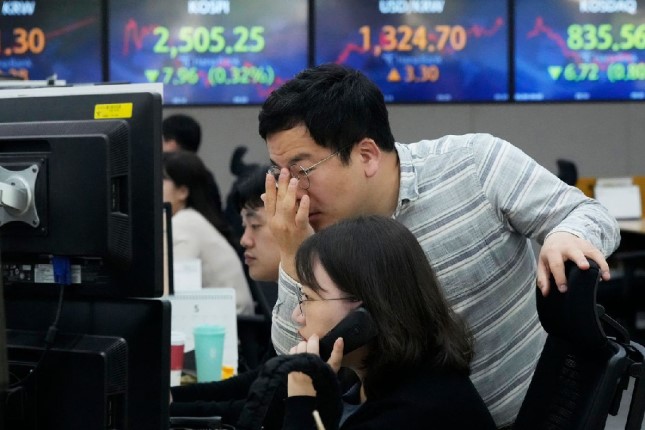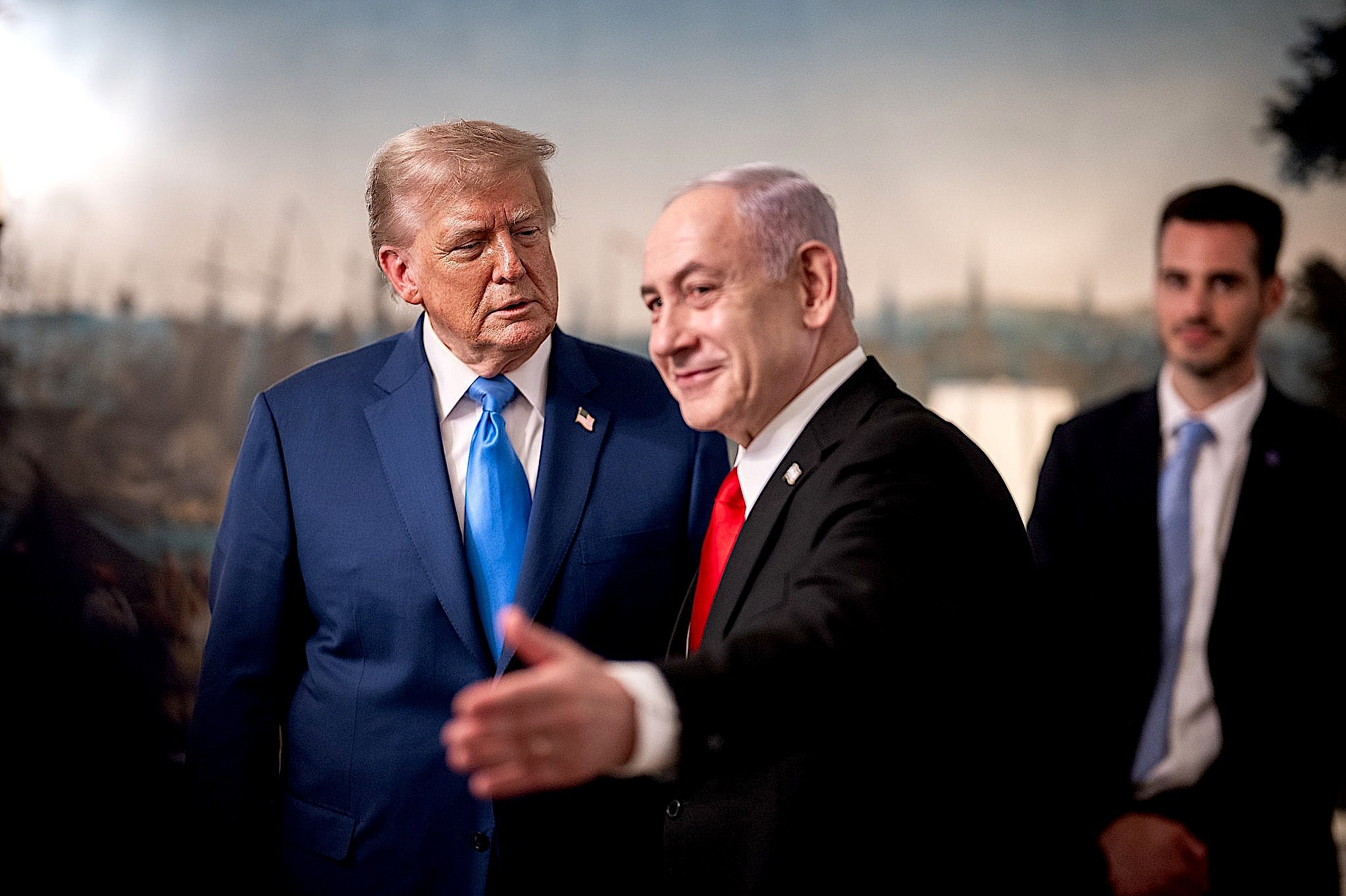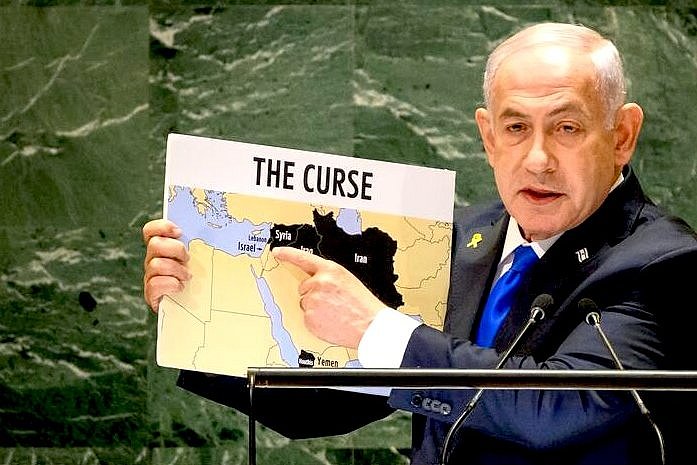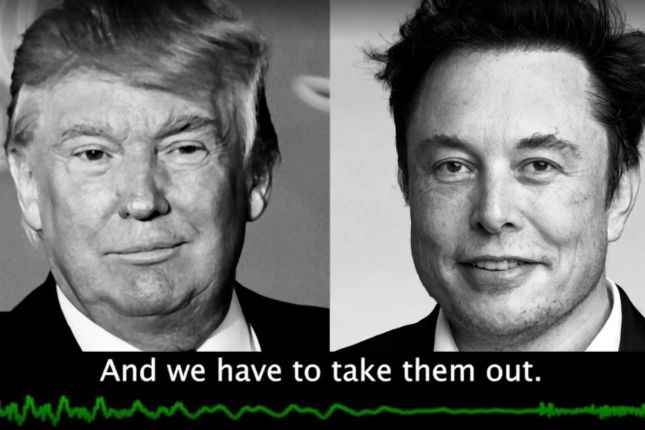The significant sources of a potential collapse include: the ongoing problems of US middle-sized banks, despite three rescue operations over the past two months; tightening liquidity conditions in the $22 trillion US Treasury market, the basis of the US and global financial system; the threat of a default by the US government if the debt ceiling is not lifted by Congress; and the increasing signs that the role of the dollar as the global currency is being eroded.
The bank rescue operations, after three of the four largest failures in US financial history, have been met with assurances from the administration, regulators, and the Federal Reserve that the banking system is sound and resilient. But they could not really say anything else because to present an accounting of the real state of affairs would undoubtedly trigger a crisis.
The failure of Silicon Valley Bank, Signature and First Republic is significant both regarding size and the speed at which it occurred.
The total assets of the three, after adjustment for inflation, exceeded that of the combined assets of the 25 banks that collapsed in the financial crisis of 2008. And it occurred with a speed never seen before.
In its latest Financial Stability report, issued earlier this week, the Fed said the runs on SVB and Signature “were of unprecedented speed” compared with previous runs. When Washington Mutual collapsed in 2008—the biggest-ever bank failure in monetary terms—depositors pulled out $17 billion in the course of eight business days.
In the case of SVB, $40 billion was pulled out in a single day with a further $100 billion lined up to be withdrawn the following day had the bank not been taken over by the Federal Deposit Insurance Corporation.
Attempts have been made to portray the failed banks as “outliers.” This assertion immediately collapses on even a cursory examination of the situation. Out of the roughly 4700 banks in the US, SVB was the sixteenth largest.
While they were hit because of specific problems in their business models, there was an underlying cause. This was the wrenching shift in the financial system as the Fed moved from ultra-easy money, virtually for free, to an interest rate hike of 5 percentage points in a year.
The interest rate increase meant that the market value of the assets they held—Treasury bonds in the case of SVB and mortgages to the ultra-wealthy in the case of First Republic—fell sharply.
The universal situation, of which the three bank failures were a particular expression, has been highlighted by Amit Seru, a professor of finance at Stanford University, one of a group of economists who have been probing the crisis.
Writing in the New York Times last week, he noted that “the US banking system’s market value of assets is around $2 trillion lower than suggested by their book value.”
Attention has focused so far on the issue of uninsured depositors, those holding more than $250,000. But Seru pointed to another factor that could spark a panic: commercial real estate, which forms a considerable portion of the assets of middle-sized banks.
Commercial real estate loans, which amount to $2.7 trillion in the US, make up a quarter of an average bank’s assets, with many of them coming due in the next few years in conditions of higher interest rates increasing the risk of defaults.
Commercial real estate is being hit by two forces: the decline in property values due to higher interest rates and the fall in office space occupancy because of the increase in working from home due to the COVID pandemic.
Seru noted that “signs of distress are already visible” with the stock market value of real estate holding companies falling by 55 percent since the start of the pandemic, translating into a 33 percent reduction of the value of office buildings held by these companies.
If the default rate on commercial real estate reached even the lower end of that seen after the 2008 crisis, this would result in losses of up to $160 billion that could have “significant implications” for hundreds of smaller and middle-sized regional banks, already weakened by higher interest rates.
The Treasury bond market is another potential source of crisis as it was in March 2020. At the start of the pandemic, it froze; government debt, supposedly the safest financial asset in the world, could not be sold for several days and the Fed was forced to intervene, rapidly injecting $4 trillion to backstop all areas of the financial system.
A full analysis of the causes of the freeze has never been presented in the three years since then, despite ongoing investigations by financial authorities, much less measures to prevent a recurrence.
In fact, the problem of Treasury market liquidity has been hovering over the system ever since.
In a comment published in the Financial Times (FT), Lori Heinel, chief global investment office at the financial firm State Street, warned that “a potential liquidity crisis is looming over financial markets.”
She identified three factors. First, the shift in the macro environment from quantitative easing stimulus to monetary policy tightening by central banks.
Second, uncertainty over monetary policy which is generating interest volatility.
The third factor is significant changes in the operations of the Treasury market which affect liquidity, that is, the ability of traders to make large deals without setting off big movements.
According to JPMorgan, the Treasury market has grown fivefold in the past 15 years, but the number of primary dealers facilitating trades has “stalled” and “the market depth in US Treasuries declined almost 60 percent in 2022 to levels only seen in times of a crisis.”
Past cycles, she wrote, were no guide to liquidity dynamics in present conditions, marked by sudden shocks such as the Ukraine war and the March banking crisis.
The standoff in Congress over the lifting of the debt ceiling, a product of the civil war within the US political establishment, is another potential trigger for a crisis in the financial system.
Treasury Secretary Janet Yellen has told Congress that Treasury could run out of money as early as June 1. Financial analyst Mohamed El-Erian told the FT that while the expectation was that a last-minute deal would be done if that did not eventuate, “we should expect another layer of financial volatility in a system that has already lost many of its anchors.”
Speaking at a press conference last week, Fed chair Jerome Powell said failure to lift the ceiling would take the US economy into “unchartered territory” and “no one should assume that the Fed can protect the economy and the financial system and our reputation from the damage that such an event might inflict.”
The debt ceiling standoff is feeding into broader concerns about the role of the US dollar as the world’s global currency. Ever since President Nixon withdraw the gold backing in 1971, the dollar has been a fiat currency. It no longer rests on gold, as the material embodiment of value, but on confidence in American economy and its political system.
The dollar’s global role has given the US government the ability to do what no other country can do. It can run massive balance of trade and payments deficits, rack up record budget deficits as it boosts military spending, and provide seemingly endless support for corporations and the banks both through direct government handouts and cheap money from the Fed.
But the long-term historic decline of the US, coupled with the eruption of ever more serious financial crises, is calling into question the dollar’s global role.
The increasing use of financial sanctions in what it known as “dollar weaponization,” as it took with the freezing of the dollar assets of the Russian central bank at the start of the Ukraine war, sent a shiver through the financial system and raised questions about its global role.
Yellen acknowledged in a CNN interview last month that “there is a risk when we use financial sanctions that are linked to the role of the dollar over time it could undermines the hegemony of the dollar.”
There is no global alternative to the dollar at present but there is a growing striving to break free of its grip as seen by the increase in trade deals between China and a number of other countries carrying out transactions in their own currencies.
In an FT comment last month, Ruchir Sharma, chair of Rockefeller International, noted that the price of gold had risen by 20 percent in the past six months. The major buyers were “central banks, which are sharply reducing their dollar holdings and seeking a safe alternative.”
Central banks mostly from the “developing world,” including Russia, India, and China, are buying more tons of gold than at any time since data started to be collected in 1950.
He also noted, as others have, that in the March banking crisis the dollar went down while gold rose. Generally, when there is a financial storm, the dollar rises because it is regarded as a “safe haven,” but not on this occasion. Gold is currently trading at near its record price of $2089 an ounce which it reached in August 2020.
The different aspects of the mounting financial crisis are not conjunctural or episodic events that will pass, leading to a return to “normal.” They presage enormous economic shocks.
Source: World Socialist Web Site.































